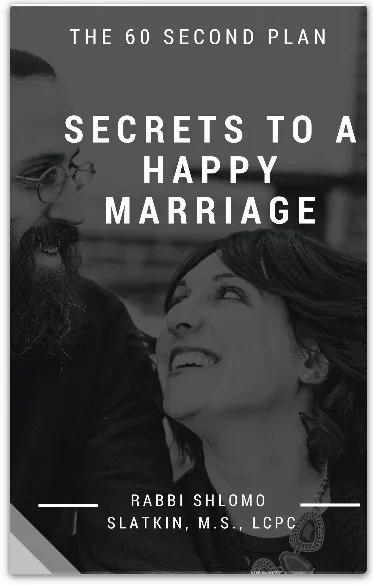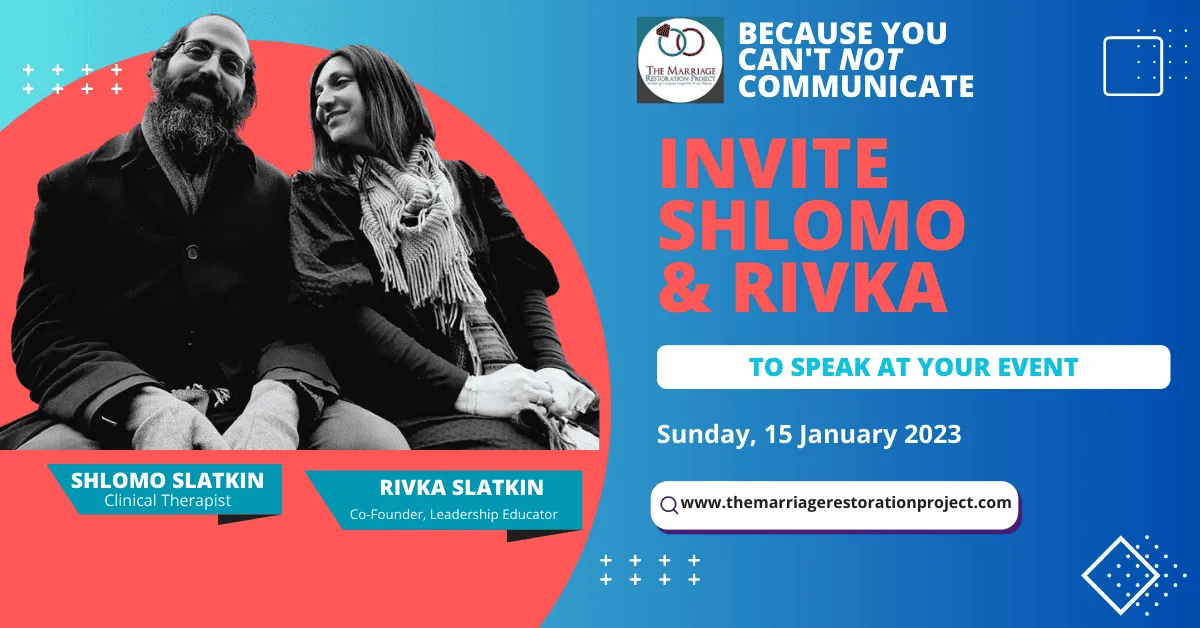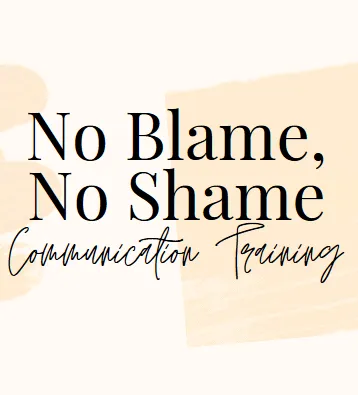Alex and Jordan used to talk about everything, from the big dreams to the small details of their day, feeling connected in a way that seemed unbreakable.Their early days were filled with deep discussions and laughter over morning coffee. But as time passed, those easy, deep conversations started to fade. Now, they find themselves stuck in talks about chores and schedules more than anything else. It’s not that they don’t want to share and connect like before; life’s just gotten in the way, and somehow, they’ve lost the path back to those meaningful exchanges.
This shift from being each other’s confidant to feeling more like co-managers of their household is something many couples experience. The change is slow, but one day you realize the distance has grown. Alex and Jordan’s story is one we’ve heard many, many times in our marriage counseling practice and on our couples’ therapy retreats, highlighting how easy it is for communication to drift from heartfelt to functional, even among couples who still care deeply for each other.
Communication, the very lifeline of a relationship, can often become its biggest challenge. In this blog post, we’re going to tackle the top 3 communication issues faced by couples, using Imago Relationship Therapy as our guide. We want to help you find your way back to those meaningful conversations and guide you through communication challenges so you can both experience personal growth and find a deeper connection on the other side.
Top 3 Communication Issues in Marriage
1. Lack of Effective Listening
One of the most common culprits behind the breakdown of communication in relationships is the lack of effective listening. It’s not just about being silent while the other person speaks; effective listening involves truly hearing and processing what your partner is saying. Without this, it’s all too easy for misunderstandings to take root, growing into resentment over time. Imagine a scenario where one partner shares something important, but the other is too distracted or preoccupied to truly engage. The speaker feels undervalued and ignored, leading to feelings of isolation within the relationship.
Imago Approach: Mirroring
Imago Relationship Therapy offers a powerful tool to combat this issue: Mirroring. This technique is about repeating back what your partner has said, not in a parrot-like manner, but in a way that shows you’re actively processing and understanding their message. It’s a simple yet profound method that ensures both partners feel heard and understood. By practicing mirroring, couples can bridge the gap that lack of effective listening creates, fostering a deeper sense of connection and empathy. It turns conversations into opportunities for intimacy, transforming potential misunderstandings into moments of closeness.
Mirroring isn’t just about echoing words; it’s about reflecting the emotions and intentions behind those words. This technique encourages partners to slow down and really engage with what’s being shared, promoting a communication style that’s based on mutual respect and understanding. Through mirroring, couples learn to listen not just with their ears, but with their hearts.
2. Negative Reaction Cycles
A significant challenge many couples face is the trap of negative reaction cycles during conflicts. It’s a familiar pattern where a word, a gesture, or even a tone can trigger a defensive or aggressive response from the other partner. These reactions often stem from past hurts or insecurities, leading to a cycle where the initial problem is overshadowed by the emotional turmoil of the conflict itself. Instead of addressing the issue at hand, partners end up hurting each other, creating a barrier to effective communication and deepening the divide between them.
Imago Approach: The Imago Dialogue Process
Imago Relationship Therapy offers a transformative solution to this pervasive issue: the Imago Dialogue Process. This method emphasizes the importance of recognizing and understanding the patterns of negative reactions. By doing so, couples can learn to respond to conflicts in a more constructive and empathetic manner. The Dialogue Process involves three key steps: mirroring (as mentioned earlier), validation, and empathy. This structured form of communication encourages partners to listen deeply, understand each other’s perspective, and express empathy, thereby breaking the cycle of negative reactions.
The beauty of the Dialogue Process lies in its ability to shift the focus from winning the argument to understanding each other’s feelings and needs. By fostering a space where both partners feel safe to express themselves without fear of judgment or retaliation, the Dialogue Process helps couples move beyond the surface issues and address the underlying emotional triggers. This not only resolves conflicts more effectively but also strengthens the bond between partners, building emotional safety in your relationship which is the foundation for more positive and supportive interactions.
In navigating the complexities of negative reaction cycles, the path forward involves not just understanding the dynamics at play but actively practicing new ways of communication. This is where our “Responding vs Reacting Printable Worksheets“ can be extremely helpful. Specifically designed to complement the Imago Dialogue Process, these worksheets serve as a practical guide for couples looking to transform their communication habits. They offer step-by-step instructions on how to engage in intentional dialogue, providing strategies to diffuse heated situations effectively.
By focusing on responding thoughtfully rather than reacting impulsively, couples can create a space of mutual respect and understanding, even in the midst of conflict. These worksheets are crafted to help you and your partner practice and internalize these skills, ensuring that when moments of tension arise, you’re both equipped to navigate them with grace and empathy. They’ll help you to move from a place of instinctual reaction to one of mindful response, a shift that can dramatically alter the course of your interactions for the better.
3. Unexpressed Needs and Desires
A silent but pervasive issue that many couples encounter is the chasm created by unexpressed needs and desires. When partners hold back from communicating their true expectations, whether out of fear of vulnerability, rejection, or misunderstanding, it sets the stage for frustration and distance. This silence around needs and desires can lead to a sense of isolation within the relationship, as both individuals struggle with unmet expectations that they’ve never fully articulated. The longer these feelings are left unaddressed, the wider the gap between partners becomes, turning silent frustrations into loud barriers to intimacy and connection.
Imago Approach: Sending Love Letters Exercise
Imago Relationship Therapy offers a creative and heartfelt solution to this common challenge: the “Sending Love Letters” exercise. This technique provides a structured yet deeply personal way for partners to express their needs, desires, and feelings in a safe and constructive manner. Unlike traditional confrontations or discussions, which can sometimes escalate into conflict, sending a “love letter” allows for vulnerability and honesty without immediate pressure or tension.
The exercise guides individuals through the process of articulating their feelings, needs, and desires, and even their appreciations and apologies, in a letter format. This method does more than just communicate unspoken thoughts; it invites a response of understanding, empathy, and connection. By sharing and receiving these letters, partners can bridge the gap created by unexpressed needs, fostering a deeper emotional intimacy and understanding.
Moreover, the act of writing and sharing these letters can be profoundly therapeutic, allowing each person to explore and express their emotions fully. It’s a practice that not only illuminates the hidden corners of each partner’s heart but also reinforces the bond of love and respect that underpins the relationship.
The “Sending Love Letters” exercise, complemented by our “Responding vs Reacting Worksheets,” equips couples with the tools to navigate the often delicate terrain of expressing needs and desires. Together, they offer a pathway to a more open, connected, and fulfilling partnership, where no need or desire goes unvoiced, and every expectation can be met with understanding and love.
Implementing Imago Relationship Therapy Techniques
The key to seeing tangible improvements in your relationship through these techniques lies in practice and consistency. Like any skill worth mastering, the art of effective communication requires dedication. Regularly engaging in practices such as Mirroring, the Dialogue Process, and the Sending Love Letters exercise can profoundly change how you and your partner relate to each other. It’s about making these practices a natural part of your interaction, a common language that both of you speak fluently.
Teaching couples these invaluable tools and guiding them in their application is a cornerstone of our Imago couples’ therapy retreats. These retreats offer a dedicated space and time to deeply explore and practice the principles of Imago Therapy, surrounded by the natural beauty and tranquility that inspire reflection and growth. It’s an opportunity to step away from the distractions of everyday life and focus wholly on nurturing your relationship.
If you’re intrigued by the potential of Imago Relationship Therapy to enrich your partnership and are curious about taking this journey a step further, our retreats could be the perfect next step. They were created to be a deep dive into understanding and improving your most precious connection. We invite you to explore more about how these retreats can support you and your partner in crafting a more loving, understanding, and resilient relationship.
Contact Us
Contact us to learn more about how it can help your own relationship by using the form below or schedule a free 30 minute clarity call with Rabbi Shlomo Slatkin.





